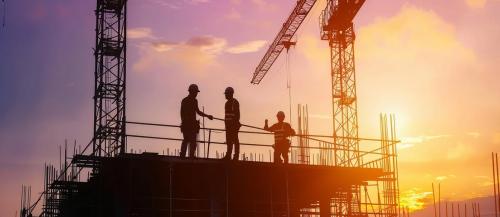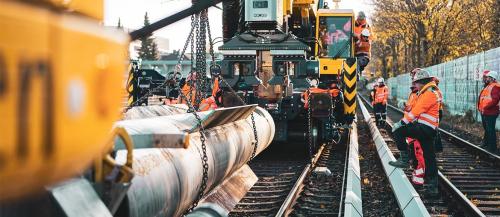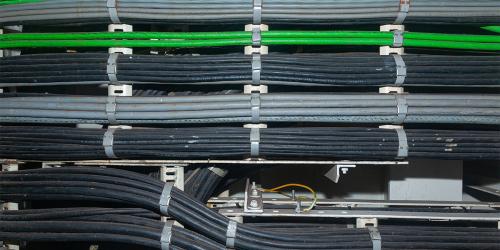If you work in the construction and building industry, you will be well aware of the new building regulations that came into effect last year on the 15th of June 2022. However, for those that are not up to date, we have created this news post to explain why these new regulations came into fruition.
The new wave of amendments is largely driven by the quest for more energy-efficient construction practices and eco-friendly materials, as the UK is aiming to reach Net Zero by 2050. Whilst the industry is being challenged to adapt to increasingly stringent standards, the main aim is to lead to a better and brighter future, not only for the construction industry but for the country as a whole.
One significant update is the introduction of Future Homes and Building Standard 2025, which will begin by making substantial carbon emission cuts. Under the Future Homes and Building Standard, new homes and buildings will be required to be net-zero ready, which is why the building regulation requirements have been updated to help with the transition. This changeover is not just environmentally responsible, but it also supports the UK's commitment to achieving Net Zero by 2050.
What are the changes?
From June 2022, the new measures affect new houses, extensions, existing buildings, as well as non-domestic buildings. It is now mandatory to complete the following:
- New homes need to cut emissions by 30%.
- Extensions, existing buildings, and non-domestic buildings need to cut emissions by 27%.
All the regulations and requirements can be found here.
The Future Homes and Building Standard is a game-changer for the construction industry, as it compels builders to meet highly ambitious energy efficiency targets, pushing the boundaries of innovation in building design and construction.
Homebuilders will also need to employ innovative techniques to comply with the new demanding parameters. Key to this will be the use of low-carbon heating systems and world-class insulation to ensure the utmost energy efficiency. These shifts signal a fundamental change in the way homes are designed, built, and inhabited.
It's not just about new buildings, either. Existing buildings are also being subjected to a more rigorous regulatory regime. With updates to the Minimum Energy Efficiency Standards (MEES), landlords are now required to make substantial improvements in the energy efficiency of their properties.
The changes to the building regulations reflect the government's commitment to driving sustainable practices across the sector. With the clock ticking towards 2025, the time for the industry to embrace these changes is now.
If you would like to find out more information, please don’t hesitate to get in touch at [email protected].






